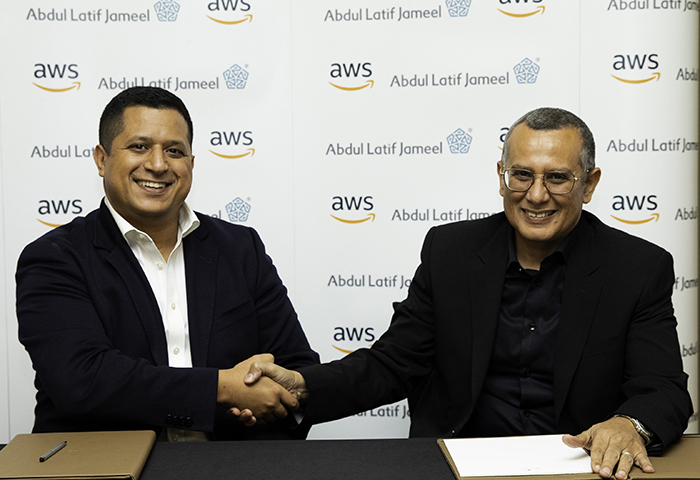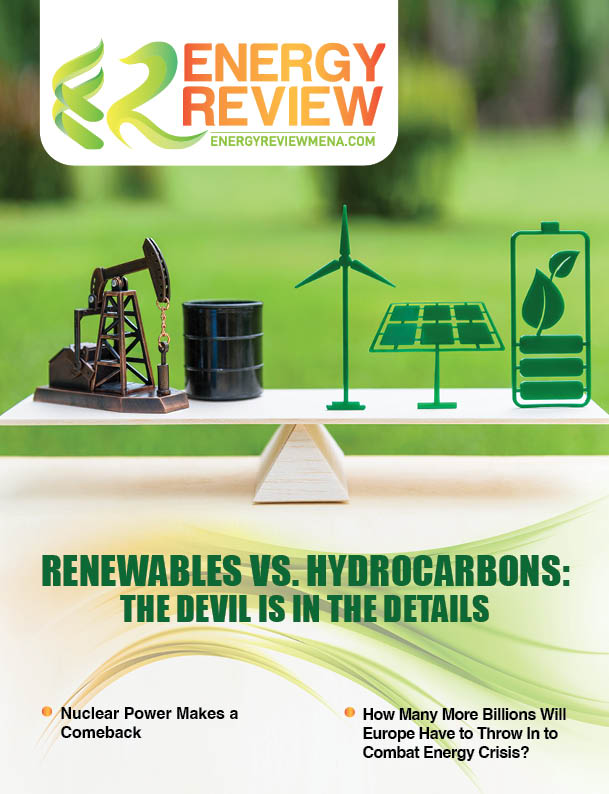EY has been helping companies across sectors chart through dynamic market trends and ensuring that they excel in their operations in an efficient and friction-free manner. Energy Review spoke to Fuad Siddiqui, EY Global 5G Industry and Emerging Tech Leader, who shared his expert opinion on how energy companies can optimally harness the transformative power of advanced tech, 5G and its ecosystem.
How can governments and energy companies in MENA set the stage for a robust end-to-end green energy value chain in their path to net-zero and a bid to cut its carbon emissions by 2050?
The actions governments take now could set the world on a path to a more sustainable future that balances environmental, economic and social outcoms, but its not up to the governments alone, all sectors must re-evaluate their strategies and act now.
We suggest devising a future proof plan through the following:
- Identify sectors carbon emissions and determine the pathways for accelerated reductions
- Align sector strategy with net zero and build a business case for your net zero ambition
- Get buy-in from key stakeholders and access the finance required to fund net zero transformation
- Establish governance, measurements and controls, needed to build trust in your net zero plan
What are the developments in decarbonization technologies that oil and gas companies need to invest in and adapt to meet their carbon neutrality goals?
Intergovernmental Panel on Climate Chang (IPCC) has identified a number of pathways and portfolios of mitigation responses. It analysed how recent advances in knowledge across sectors and systems including energy, urban and other settlements, transport, buildings, industry, and agriculture, forestry, and other land use will have varying impacts towards neutrality. Pathways includes decarbonization tech, however a broader application of advaced digitalisation tech, timing of sector adoption and its impacts on energy efficiency, industrial productivity, resilience is needed to re-imagine and alter future ways of working across industry sectors. Energy & Utilities will see an optimised network of centralised/decentralised energy coming from renewable sources, microgrids, virtual sites and storage sites. Smarter grids that can detect and process energy needs and are fully integrated in emerging 5G/IoT and predictive analytics with improved control of critical infrastructure through automation
In what ways can oil and gas companies invest their hefty profit margins for their sustainability as well as for the environment and economy?
One of the ways, for all sectors including Oil & Gas is to evaluate current and future operations, techo-economiuc performance and GHG emissions with and without the application of pervasive tech, I call 5G+. It’s the ecosystem of tech constellation which is natively greener, an essential digitalization infrastructure that merges enterprise ICT and industrial OT. It comprises not only the underlying foundational networks, but an interplay of tech to digitalize every aspect of our human-industrial lives and bring new levels of cognition and control to sector operations. This includes edge clouds, AI, private networks, and advanced sensors and robotics. These technologies will act in concert and increasingly be accessible as a service, allowing instant access to the optimum tools and capabilities, from anywhere, at any time. This gives sectors a new look at digital transformation and investments as the 5G+ intelligent fabric converts the digital segment of every economic sector into an intelligent self-optimizing network of networks and improves the GDP/GHG ratio for the sector.
How realistic is to completely reduce emissions to zero especially in emerging and/or undeveloped economies?
This varies across industry and economies. One approach is to look at GDP/GHG ratio. It’s a good ratio to track, as it considers GDP contribution increasing and GHG also increasing but at a lower rate. Optimizing for GDP/GHG is a more practical way to control CO2 emissions without compromising growth. Some sectors may not be able to completely reduce emissions to zero, but the lion share of greening and the faster path to net zero can come with mass industry digitalization efforts. Which means new incentives for setctors to adopt advanced technologies: 5G, Edge Clouds, AI systems working together to augment and transforms the way businesses operate today.
What policy changes need to be made in the Middle East and globally to facilitate a better and smoother tech-enabled green transition?
Sectors like energy, transport, manufacturing must assess the impact of digitalization of both the supply and demand side resulting in deeper and accelerated reduction of GHG. Applying the value of advanced tech and mapping to use cases across sectors will determine the potential impact in terms of resilience, productivity gains, efficiency improvement, waste reduction, reshaping of business models and the supply chain effects resulting in compounded benefits. Further, policies to incentivise tech adoption, and an approach to measure wider sector and inter-sectoral impacts to the overall economy is key. The improvements will translate to reduction in GHG and accelerate the IPCC target goals along critical pathways.









